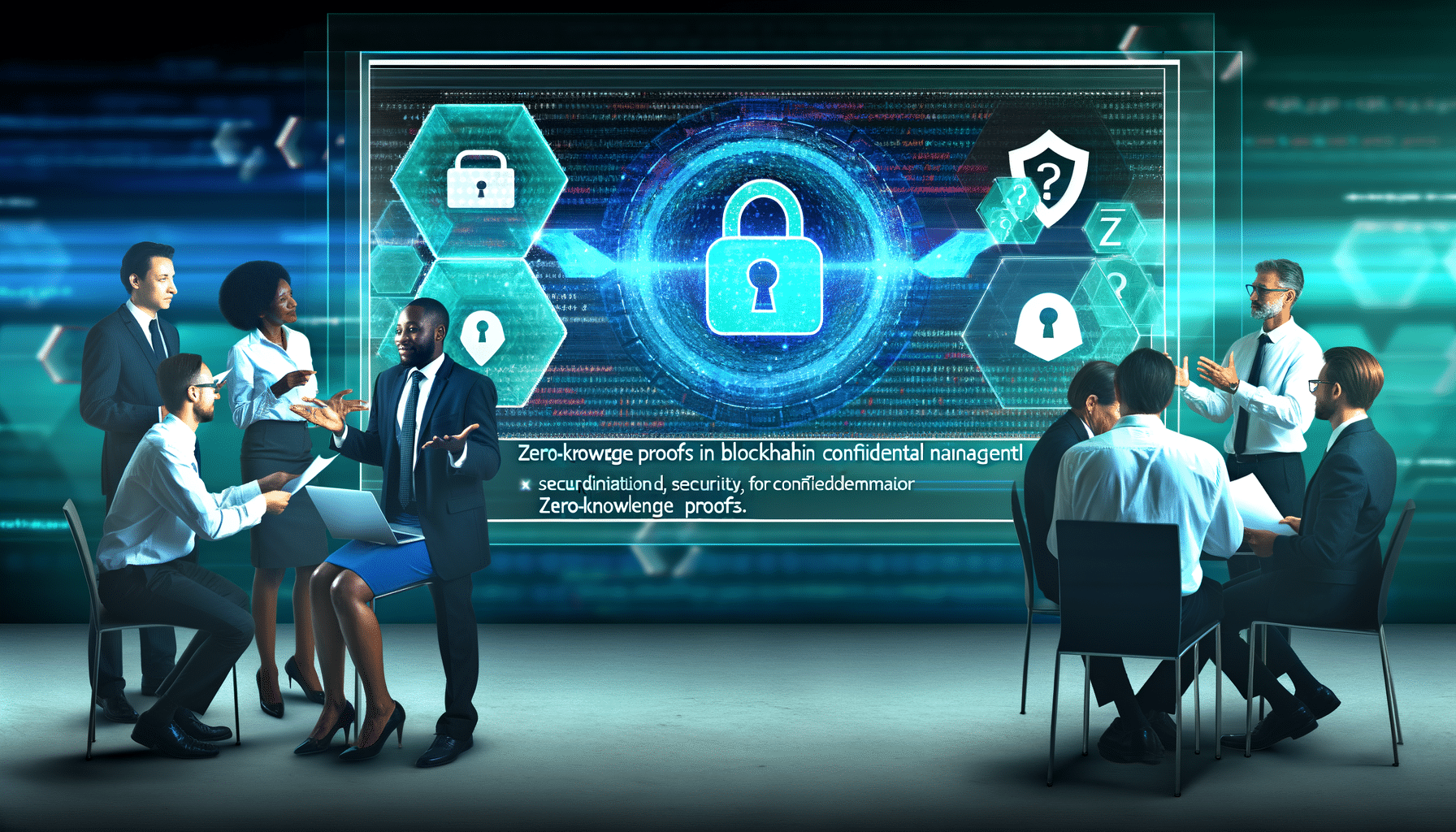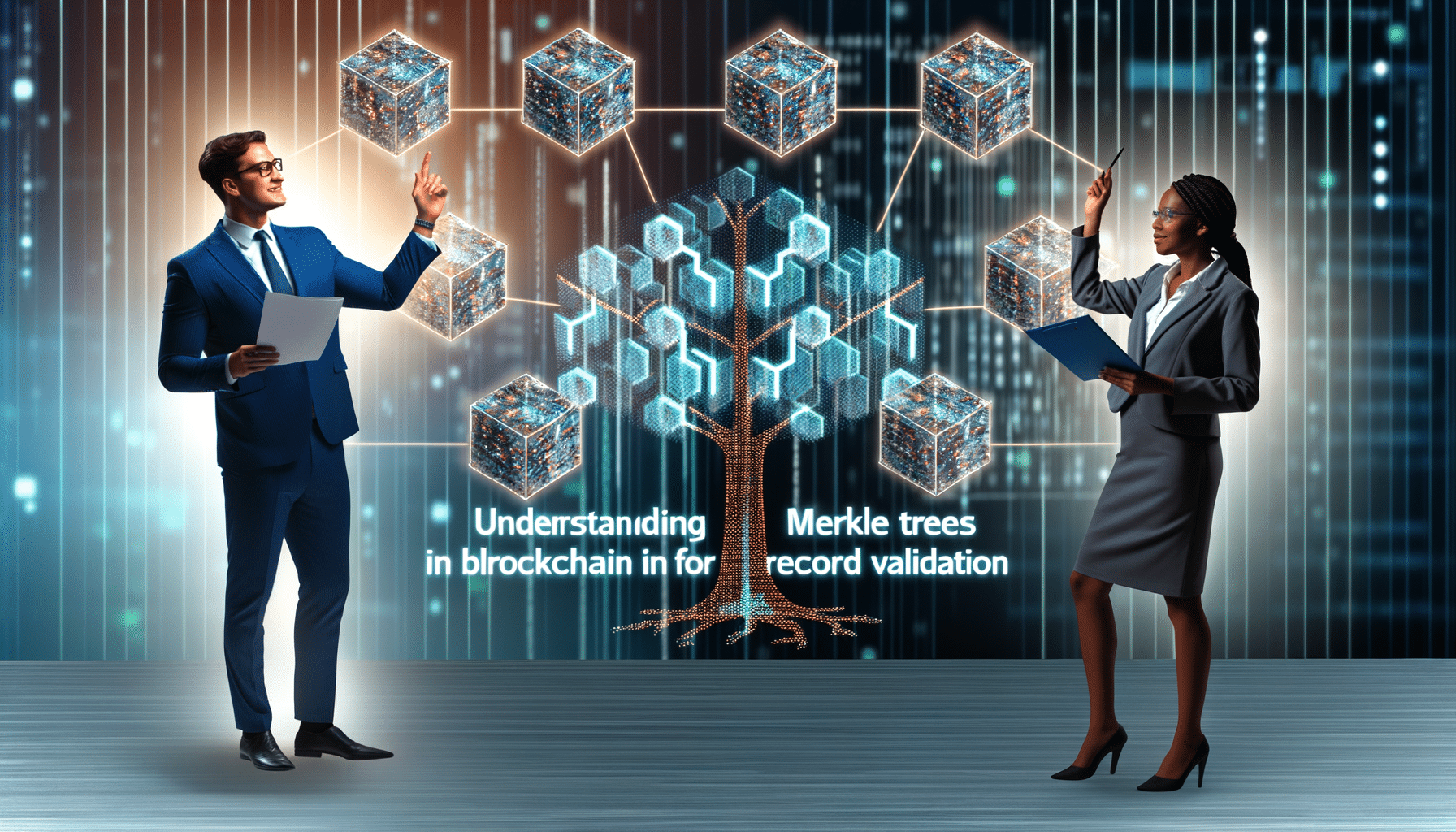- Advanced
- March 18, 2023
Real-Time Record Synchronization in Blockchain Networks

Understanding the Power of Real-Time Record Synchronization
In today’s fast-paced world, I know firsthand how critical it is to manage records efficiently, securely, and in real-time. Traditional methods often fall short, leading to delays, errors, and increased vulnerability to data breaches. That’s where blockchain technology enters the picture. It can revolutionize how we handle records by ensuring real-time synchronization across networks, offering a seamless, secure, and efficient system.
Blockchain: The Backbone of Secure Record Keeping
Blockchain technology, famous for powering cryptocurrencies, holds the potential to transform record management in groundbreaking ways. At its core, blockchain is a decentralized ledger that maintains records across various nodes, ensuring consistency, transparency, and security. This decentralized nature is what enables real-time synchronization, a critical feature for businesses, government departments, and individuals seeking to streamline their record-keeping processes.
How Blockchain Ensures Real-Time Record Synchronization
The hallmark of blockchain’s capabilities lies in its architecture. Here’s how it works:
- Decentralized Ledger: By distributing databases across multiple nodes, blockchain ensures that any modification in a record is updated across all nodes almost instantly. This decentralization means there’s no single point of failure, preventing data loss and ensuring optimal availability.
- Consensus Mechanisms: Blockchain employs consensus protocols like Proof of Work or Proof of Stake to verify and validate transactions. These ensure that any record synchronization occurs only after the network achieves consensus, thereby maintaining the integrity of the system.
- Immutable Records: Once records are added to the blockchain, they cannot be altered retrospectively. This immutability guarantees that data remains accurate and verifiable, a factor that’s vital for compliance and audit purposes.
The Benefits of Real-Time Record Synchronization
In an ever-evolving digital landscape, real-time synchronization offers several advantages:
- Enhanced Efficiency: The ability to access and update records in real-time eliminates bottlenecks, reducing the need for manual intervention and streamlining workflows.
- Improved Accuracy: Automated synchronization minimizes the risk of human error, ensuring data consistency and reliability across platforms.
- Increased Transparency: Blockchain’s transparent mechanisms provide a clear audit trail, enhancing trust among stakeholders by enabling them to verify transactions independently.
- Optimized Security: By using cryptographic algorithms, blockchain ensures that records remain secure from unauthorized access or tampering, a crucial requirement for managing sensitive data.
Blockchain Applications: Real-World Use Cases
Through my journey with RecordsKeeper.AI, I’ve seen how applying blockchain to record management can lead to remarkable outcomes. Key areas where blockchain’s real-time synchronization shines include:
- Healthcare: Blockchain can improve patient record management by synchronizing data from different healthcare providers, ensuring timely and secure access to patient histories.
- Finance: Financial institutions can utilize blockchain to synchronize transactional records in real-time, enhancing regulatory compliance and reducing fraudulent activities.
- Supply Chain: By leveraging blockchain, companies can track goods throughout their lifecycle in real-time, increasing supply chain visibility and efficiency.
Conclusion: Embrace the Future with Blockchain
Real-time record synchronization in blockchain networks is more than just a technological advancement; it’s a paradigm shift in how we view data management. By embracing blockchain technology, businesses can not only improve their operational efficiencies but also build a resilient infrastructure that’s ready for the future. As someone who has witnessed the transformative power of blockchain at RecordsKeeper.AI, I invite you to explore this remarkable technology and consider how it can solve your record management challenges.
Feel free to connect with me, Toshendra Sharma, to delve deeper into blockchain innovations or share your thoughts and experiences. Let’s navigate the future of record management together!
Toshendra Sharma is the visionary founder and CEO of RecordsKeeper.AI, spearheading the fusion of AI and blockchain to redefine enterprise record management. With a groundbreaking approach to solving complex business challenges, Toshendra combines deep expertise in blockchain and artificial intelligence with an acute understanding of enterprise compliance and security needs.
Related Posts

Zero-Knowledge Proofs in Blockchain for Confidential Record Management
Understand how zero-knowledge proofs protect sensitive records in blockchain systems.
- February 23, 2023

Understanding Merkle Trees in Blockchain for Record Validation
Learn how Merkle Trees are used in blockchain for secure record validation.
- February 20, 2023
Archives
- January 2025
- December 2024
- November 2024
- October 2024
- September 2024
- August 2024
- July 2024
- June 2024
- May 2024
- April 2024
- March 2024
- February 2024
- January 2024
- December 2023
- November 2023
- October 2023
- September 2023
- August 2023
- July 2023
- June 2023
- May 2023
- April 2023
- March 2023
- February 2023
- January 2023
- December 2022
- November 2022
- October 2022
- September 2022
Want to get more content like this?
Signup to directly get this type of content to your inbox!!
Latest Post
Document Control for Equipment Maintenance
- January 20, 2025
Managing Records for Multiple Clients
- January 19, 2025
Handling Conference Documentation
- January 18, 2025
Setting Up Department Record Reviews
- January 17, 2025





